Embark on an unforgettable journey through Peru’s breathtaking archaeological sites, where the echoes of ancient civilizations resonate in the ruins of once-great cities. From the enigmatic beauty of Machu Picchu, the iconic “Lost City of the Incas,” to the intricate geoglyphs of the Nazca Lines, Peru holds a treasure trove of historical wonders waiting to be explored. Each site offers a glimpse into the ingenuity, power, and mystery of the ancient cultures that shaped this land.
Table of Contents
ToggleMachu Picchu: The Crown Jewel of the Inca Empire
Machu Picchu, perhaps the most famous archaeological site in the world, continues to mesmerize visitors with its stunning mountain backdrop and unparalleled Inca architecture. Perched high in the Andes, this ancient city was abandoned by the Incas and remained hidden from the outside world until its rediscovery in 1911. Known for its perfectly constructed stone structures, terraces, and temples, Machu Picchu serves as a testament to the Incas’ advanced knowledge of engineering, agriculture, and astronomy.
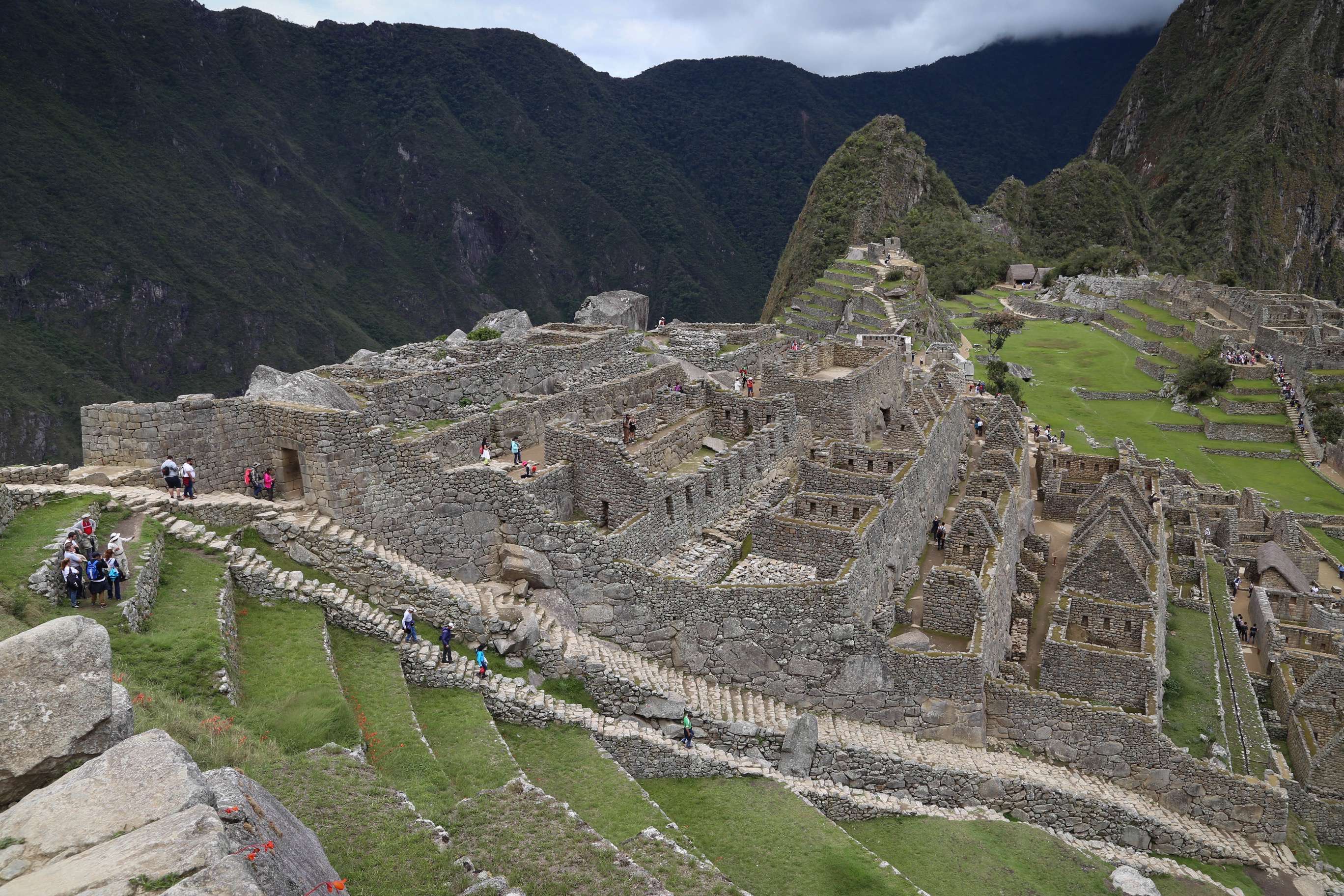
The city is a masterclass in Inca construction, with its buildings designed to harmonize with the natural landscape. The precision in stone fitting, the remarkable terraces for agriculture, and the high-altitude positioning of the city all point to an advanced understanding of both engineering and the environment. This site continues to inspire awe and remains a profound symbol of Inca achievement and mystery.
Choquequirao: The Sister City of Machu Picchu
While Machu Picchu steals much of the limelight, the lesser-known Choquequirao stands as an equally magnificent, yet more remote, Inca city. Often referred to as “Machu Picchu’s sister,” Choquequirao rivals its more famous counterpart in both its scale and grandeur. Located high in the Apurímac Valley, it offers visitors a quieter, more secluded experience of Incan history.
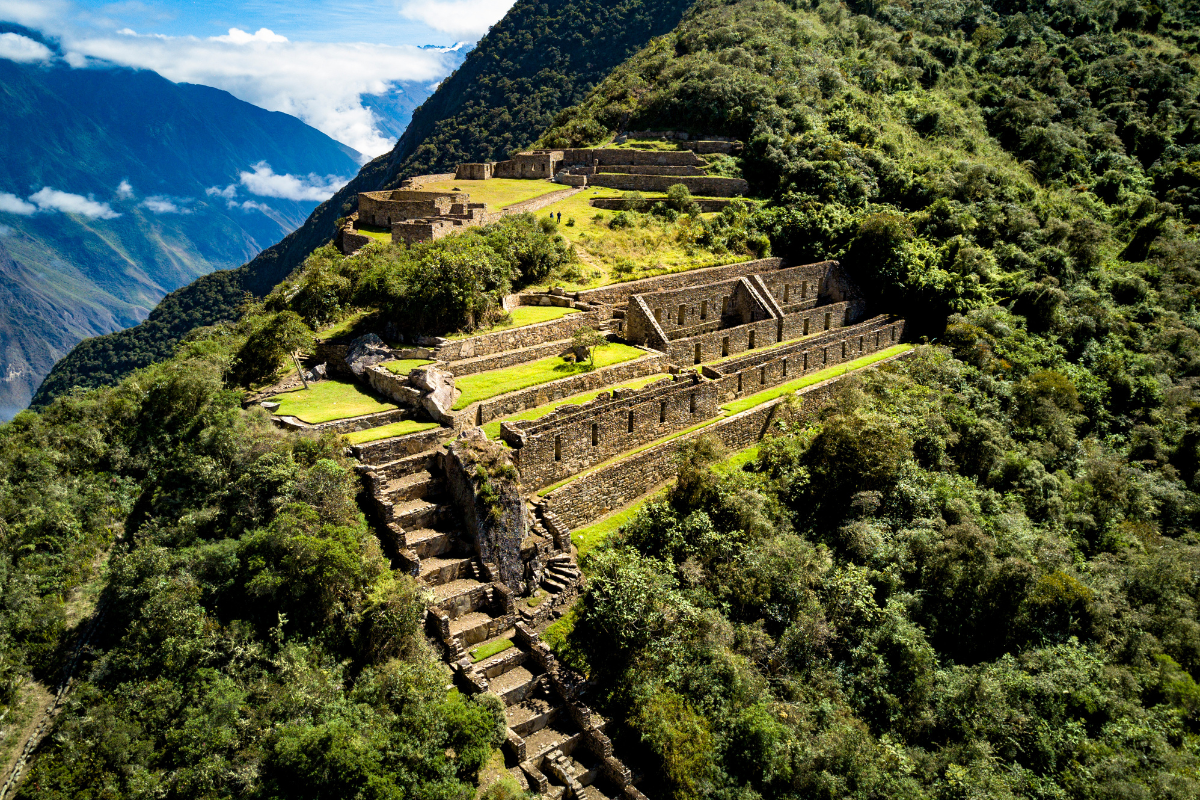
Choquequirao’s layout mirrors that of Machu Picchu with its terraces, plazas, and ceremonial areas, suggesting that it too was a city of great importance in the Inca Empire. Though less excavated, the site holds remarkable potential for research. The city’s remote location and relatively untouched state make it a haven for explorers seeking to experience the untouched grandeur of Inca civilization in a more intimate way.
Nazca Lines: Ancient Art Carved into the Earth
The Nazca Lines, a series of colossal geoglyphs etched into the Peruvian desert, have captivated archaeologists and historians for decades. These geometric patterns and animal figures, visible only from the sky, are believed to have been created between 500 BCE and 500 CE by the Nazca culture. Their exact purpose remains uncertain, with theories ranging from astronomical calendars to religious or ceremonial functions.
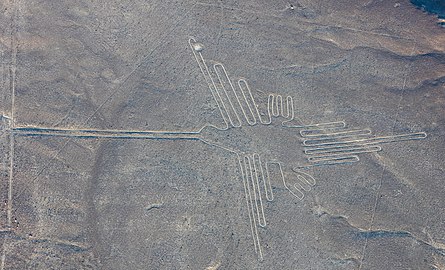
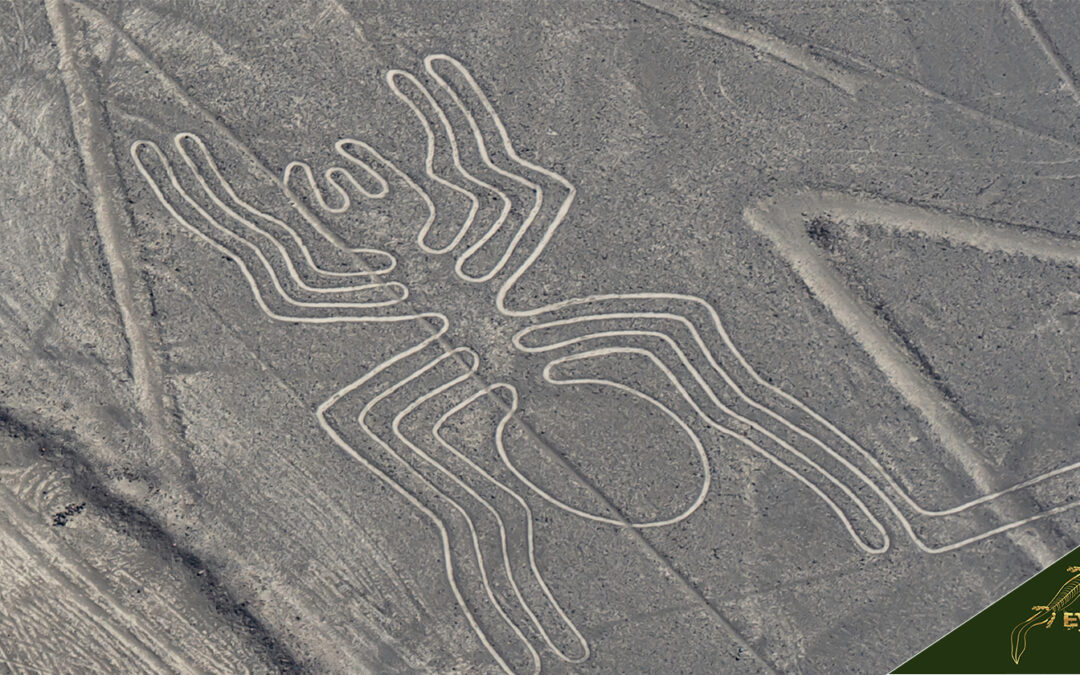
The scale and precision of these lines reflect the extraordinary engineering abilities of the Nazca people. The ability to design and carve these giant figures on the ground—without the benefit of aerial perspective—suggests an advanced understanding of both art and spatial reasoning. The lines remain one of the most mysterious and awe-inspiring legacies of Peru’s pre-Columbian cultures.
Moray Terraces: The Inca Agricultural Laboratory
The Moray Terraces, located in the Sacred Valley, are one of the most intriguing archaeological sites in Peru. These concentric circular terraces, believed to have served as an agricultural laboratory, may have been used by the Incas to experiment with various crop-growing techniques at different altitudes. The design of the terraces, along with the sophisticated irrigation system, reflects the Incas’ deep understanding of the environment and their innovative approach to farming.
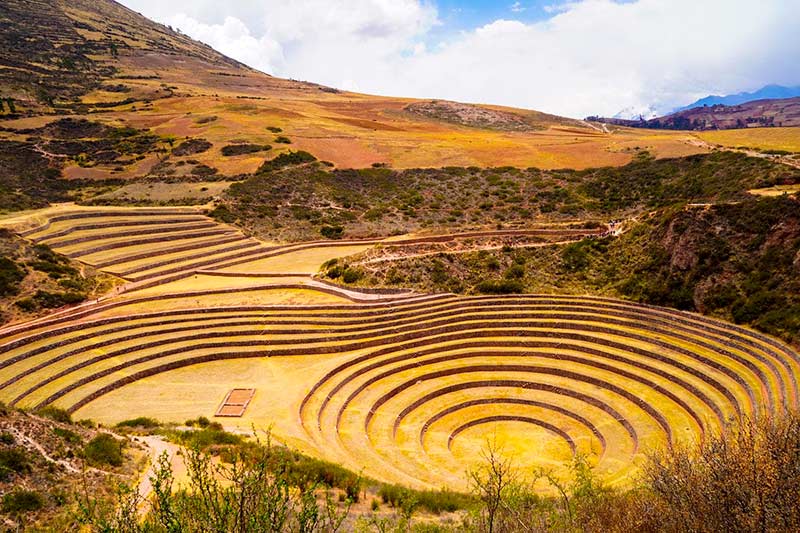
Each of the terraces at Moray mimics different climatic conditions found at various elevations in the Andes, suggesting that the Incas were experimenting with crop cultivation to adapt to the diverse ecological zones of their empire. This knowledge allowed them to optimize agricultural production, which was crucial for sustaining the vast Inca Empire. The ingenuity displayed in the construction and use of these terraces is a testament to the Incas’ agricultural expertise.
Sacsayhuamán: The Fortified Gateway to Cusco
Sacsayhuamán, located just outside the city of Cusco, is a stunning example of Incan military and ceremonial architecture. The massive stone walls, some weighing over 100 tons, are intricately fitted together without mortar, showcasing the advanced stoneworking techniques of the Incas. The site, which once served as a fortress and ceremonial center, offers breathtaking views of Cusco and the surrounding valley.
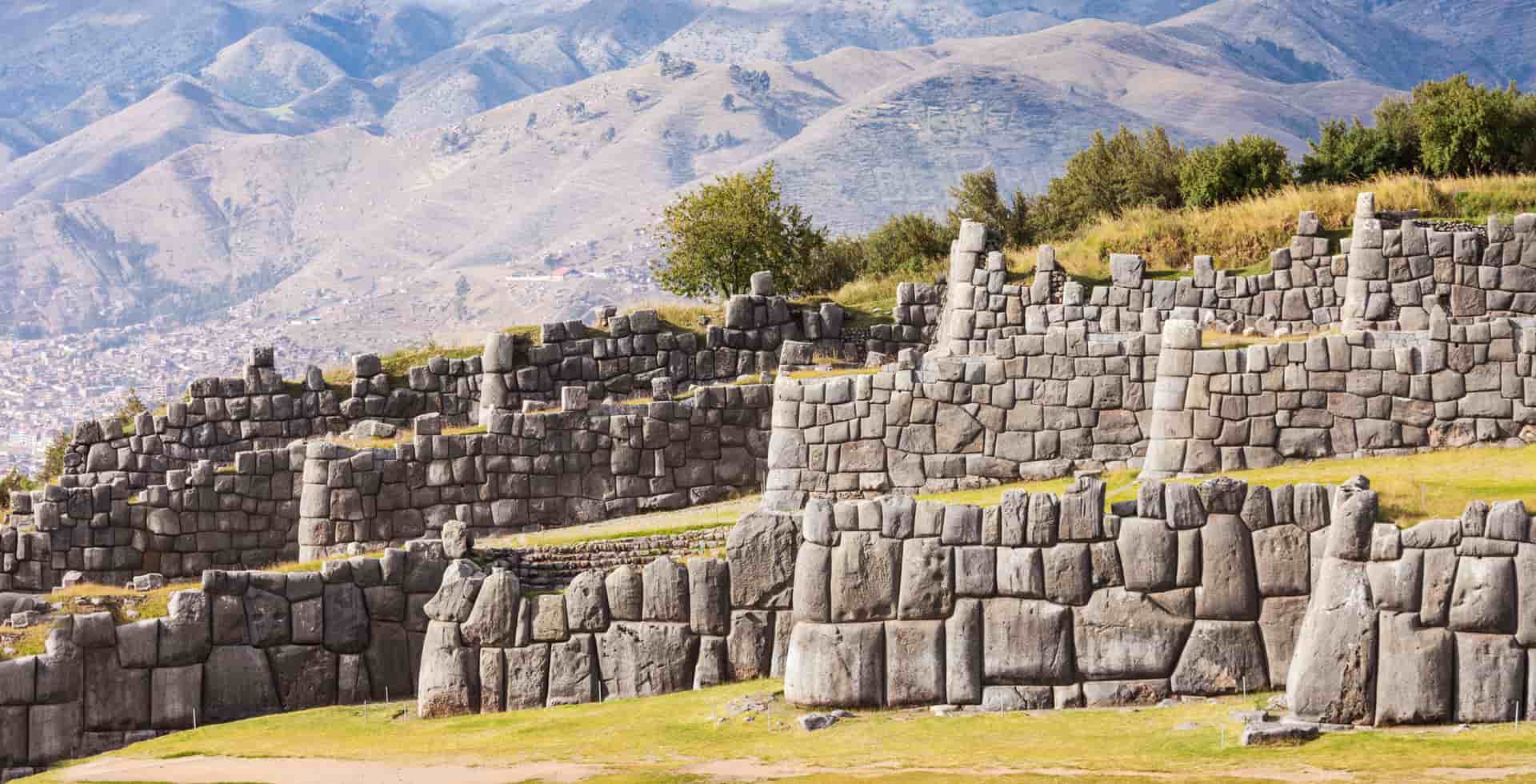
The walls of Sacsayhuamán are not only a marvel of engineering but also of strategic importance. The site was a defensive stronghold that protected the capital of the Inca Empire, Cusco, from external invaders. It is also the location of the Inti Raymi festival, a major cultural and religious celebration that honors the sun god, Inti. The stonework at Sacsayhuamán is so precise that modern engineers and historians still marvel at its craftsmanship.
The Legacy of the Inca Empire
Together, these sites provide a captivating glimpse into the complexity and sophistication of the Inca Empire, one of the largest and most powerful empires in pre-Columbian America. While Machu Picchu may be the most iconic of these sites, each of these lost cities and forgotten structures tells its own unique story, from the agricultural innovation of the Moray Terraces to the military might of Sacsayhuamán.
These archaeological wonders stand as a testament to the Inca civilization’s advanced knowledge in engineering, agriculture, and astronomy. The Incas, though they never had a written language, left behind remarkable architectural and cultural legacies that continue to inspire awe and admiration. Today, much of the history of these ancient people remains hidden beneath the earth, waiting to be uncovered by future generations of explorers and historians.
Peru’s ancient sites offer not just a journey through time but an invitation to understand the culture, mythology, and brilliance of a civilization that continues to influence modern society. As you walk through the forgotten cities, you are reminded that the past is never truly lost—it is waiting to be rediscovered.

